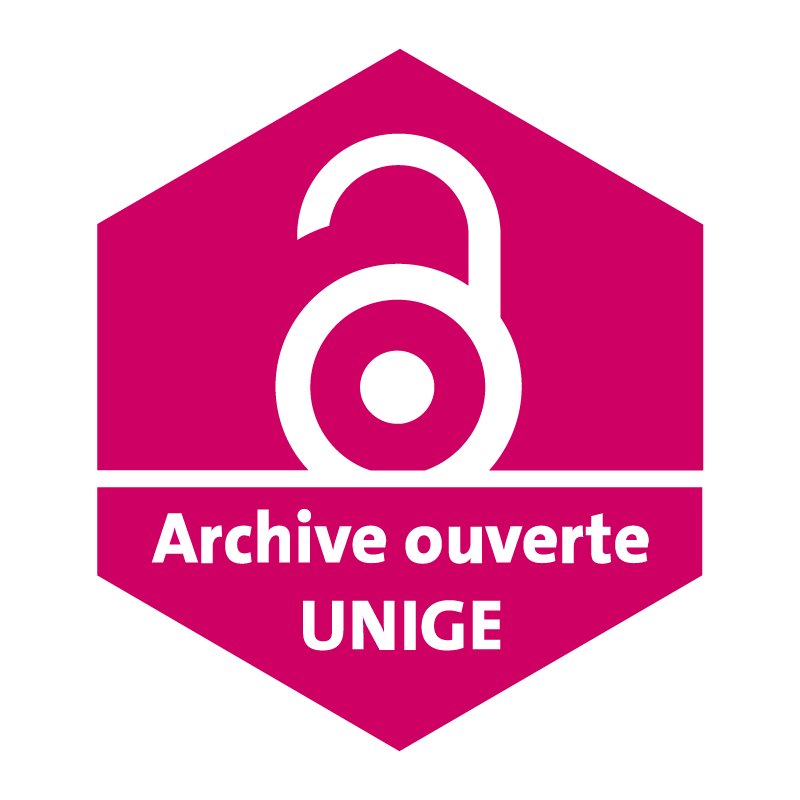South Pole glacial climate reconstruction from multi-borehole laser particulate stratigraphy
ContributorsIceCube Collaboration
CollaboratorsAguilar Sanchez, Juan; Christov, Asen; Montaruli, Teresa; Rameez, Mohamed
Published inJournal of Glaciology, vol. 59, no. 218, p. 12;1117-1128
Publication date2013
Abstract
Affiliation entities
Citation (ISO format)
IceCube Collaboration. South Pole glacial climate reconstruction from multi-borehole laser particulate stratigraphy. In: Journal of Glaciology, 2013, vol. 59, n° 218, p. 12;1117–1128. doi: 10.3189/2013JoG13J068
Main files (1)
Article (Published version)

Identifiers
- PID : unige:39082
- DOI : 10.3189/2013JoG13J068
Journal ISSN0022-1430



